The Neumann U47: A Legend in the World of Microphones
10mins read • Bryan Clark
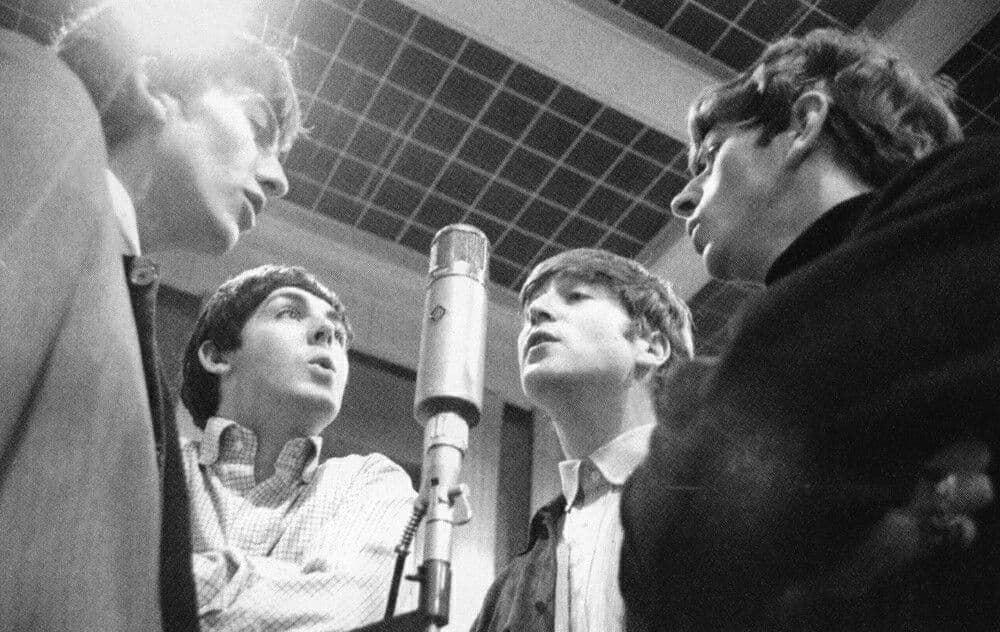
Jump To Section
The Legend Begins
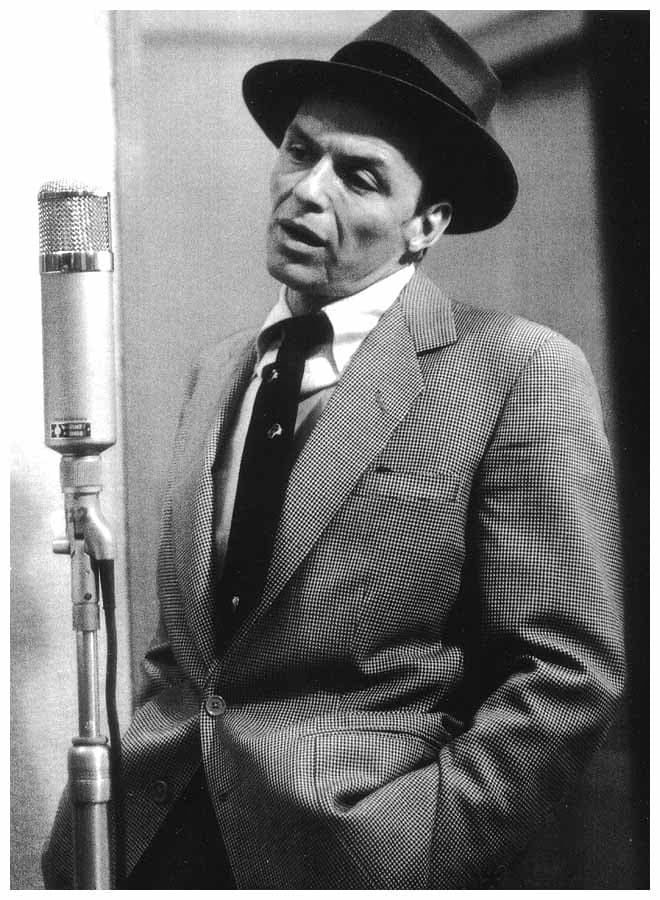
The Neumann U47 is a microphone that has earned legendary status in the world of audio recording. Revered by musicians, producers, and engineers alike, it is often considered one of the finest microphones ever created. Its history is intertwined with the evolution of audio recording technology and the growth of the music industry. I’m going to do my best to chaperone you through the historical records of the Neumann U47 from its inception to its enduring legacy in the 21st century.
Georg Neumann: The Early Years
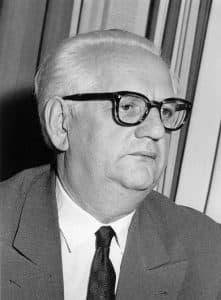
The story of the U47 begins with the founding of Georg Neumann GmbH in 1928 by Georg Neumann himself. Born in Berlin, Germany, on October 13th, 1898, Neumann showed an early interest in technology and audio equipment. At age 15, he apprenticed for two years learning precision engineering at Mix & Genest, before choosing to work on wireless telegraphy and amplifier tubes.
Building on the innovations made by Englishman, John Flemming (1904 – inventor of the diode), Canadian, Reginald Aubery Fessenden (1906 – first wireless transmission of the spoken word and first radio broadcast), and American, Lee De Forest (1906 – “Audio” triode vacuum tube), Neumann along with his old friend Erich Rickmann founded Georg Neumann & Co. in 1928 and initially focused on the development of high-quality sound recording and playback equipment. It was during this period that Neumann began to experiment with microphone technology, setting the stage for the creation of the U47.
The Birth of the U47


The U47 was introduced in 1949 amidst the ruin, rubble and ashes of a decimated Berlin. Thanks to the Marshall Plan (the American initiative to provide foreign aid to war-torn Western Europe), nascent forms of commerce started to emerge and soon the Neumann employees began to rebuild their machines used for manufacturing. It wasn’t until 1949 that the U47 received its market launch to world-wide acclaim.
At the heart of the U47 was its large innovative M7 dual diaphragm condenser capsule and a unique polar pattern selection system (the “U” stands for Umschaltbar which is German for “switchable”).
The microphone offered two polar patterns: cardioid and omnidirectional, making it the first switchable microphone and incredibly versatile for a wide range of recording applications (the U48, developed much later in 1957, also featured two polar patterns: cardioid and figure-8 instead of omni).
To get the two varying polar patterns the U47 was capable of producing, two cardioid elements were placed back to back. If both elements were activated, their cardioid patterns combined to produce omni; if the rear element was switched off, only the cardioid pattern of the front element remained active.
As successful as the microphone was, Neumann ceased all production of both the U47 and U48 models in 1965. Why?
Mind the VF14 please
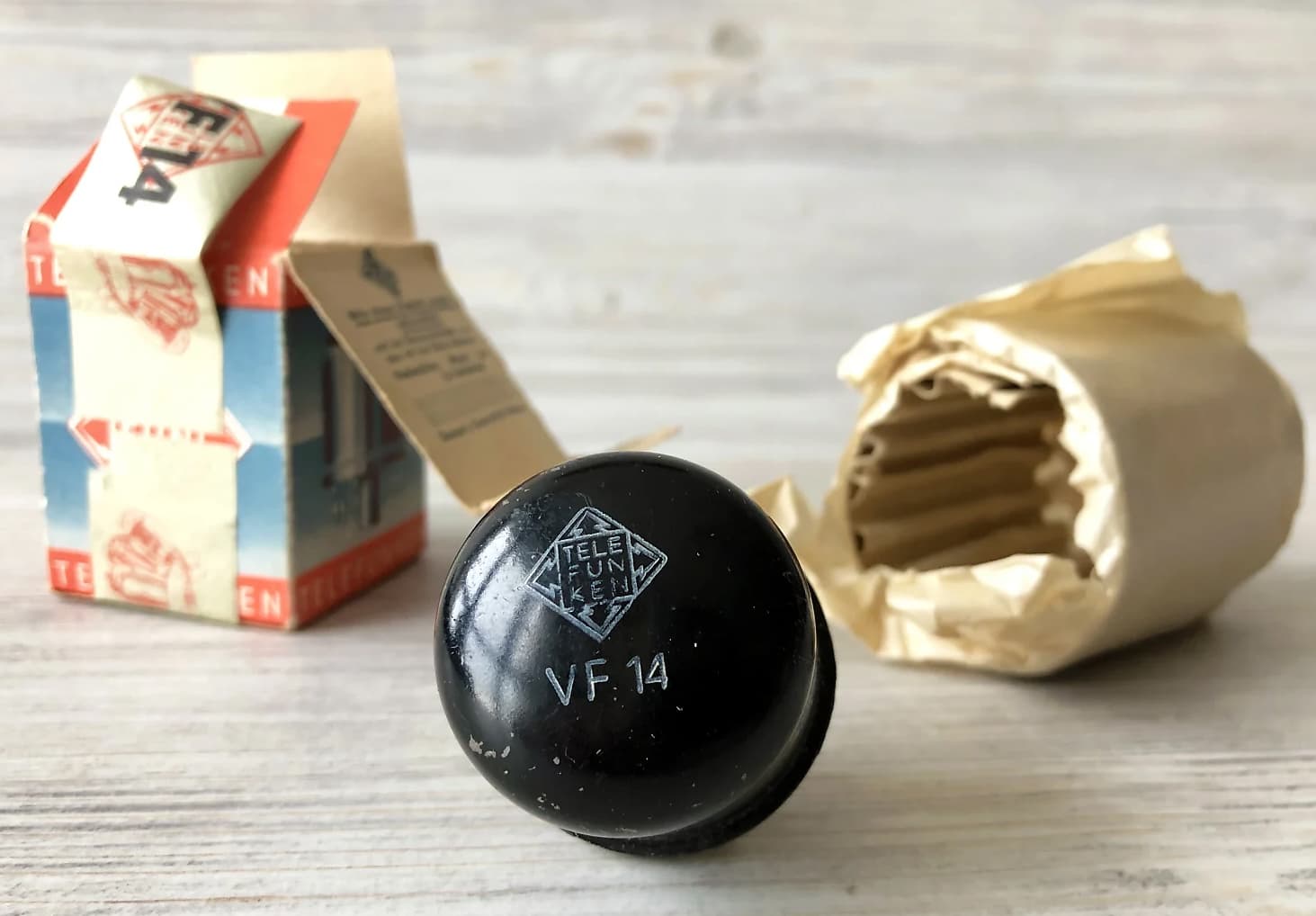

Another key contributor to the U47’s sound is the extremely rare VF14 vacuum tube.
At the end of WWII, Germany was still without a nationwide electric power supply and temporary supply mains were improvised – many of them using both AC and DC. By using old radio tubes that ran on DC, German manufacturer Telefunken repurposed the EF14 tube to have a higher heater voltage that could be run from the mains power supply. The result was the VF14.
The temporary breakthrough came at a heavy cost later. Only 27,000 of these tubes were made and production stopped in 1959 with the vast majority of them shipped first to Neumann for possible use in the U47.
Neumann tested each batch of VF14 tubes for low grid-current, low-noise, and low-microphony. Those that passed were marked with an “M” on the side of the steel can (for Microphon). At least two thirds (probably more) of all VF14 tubes received failed to pass Neumann’s standards.
It became immediately apparent as the 1950s drew to a close, that Neumann couldn’t service all of the production model U47/U48 microphones with a replacement VF14 when it came time for buyers to inevitably replace the tube. Telefunken specified that the maximum shelf life of the VF14 tube was for 30 years (262,974 hours) with only about 20 years for high performance use that averaged out to about 5000 total useable hours.
For a sobering perspective, it has been 77 years (675,000 hours) since the end of WWII, leaving owners and potential U47 collectors in a perpetual state of caveat emptor. One should be skeptical about any VF14’s condition and recognize that the tube is well past its shelf life and the need for careful testing. Yet, a single VF14 M tube can easily sell well north of $6,000 when they come up for auction.
Neumann did try to make a replacement – the dreaded “Nuvistor” – but it required a modification both to the microphone and its power supply and detrimentally changed the sonic characteristics of the microphone. This eventually led to a complete redesign and another future world-wide Neumann success, the U67.
Once the U47 was phased out of production, Georg Neumann often told the staff “Don’t try to bend the Laws of Physics in pursuit of a particular sound. If people want the sound of the U47, It’s up to them to try and get hold of one!”
Thankfully, here at blackbird, John McBride has gotten a hold of more U47s than most people on earth. Blackbird’s U47s can live out the rest of their days being well cared for by our technical engineers and continue to be used on countless recording sessions further preserving their legacy and mystique.
The U47 in the Studio
The early 1950s marked a period of rapid growth in the music industry, particularly in the recording studio sector. Artists and producers were constantly seeking ways to capture the nuances of live and studio performances to create recordings that felt immersive and authentic.
The U47 found a natural home in these high-stakes and exacting environments. Its ability to faithfully reproduce the human voice and instruments made it an instant favorite among recording engineers. It became the go-to microphone for recording vocals, acoustic instruments, large ensembles (jazz bands and symphony orchestras) and later, even some electric guitar amplifiers. Its warm, rich sound and smooth frequency response made it ideal for capturing the nuances of virtually any kind of sound source. Artists such as Frank Sinatra, Ella Fitzgerald, and Nat King Cole used the U47 extensively, helping to establish it as the “must-have” microphone for vocal recording.

One of the most famous instances of U47 use was in the recordings of The Beatles’ albums at Abbey Road Studios. Producer George Martin relied heavily on the U47 to capture the distinct voices of John Lennon, Paul McCartney, and George Harrison and the microphone played a crucial role in shaping the sound of the band’s recordings.
In fact, it is the only microphone to have the rarefied distinction to have been used on every Beatles recording session at Abbey Road.
Here’s some interesting trivia: By 1954, Abbey Road had purchased nine U47s from Neumann and by 1963 “the microphones were shipped back in batches to Neumann and converted to U48s” since figure 8 was not part of the original U47 design. For many years, astute microphone-knowledgable Beatles fans were confused as to why in many pictures of the Beatles recording sessions, it was common to see either Lennon, McCartney, and/or Harrison sharing both sides of a U47 when figure 8 was not part of the original U47 design. However, because the mics were modified by Neumann, the Abbey Road U47s essentially swapped the polar pattern choices from cardioid/omni to carioid/figure 8 thus allowing both sides of the mic to be a perfect tool for singing background harmonies and mitigating the drums by orienting the null points of the figure 8 pattern towards where Ringo’s kit was in the room.
The U47's Influence on Sound and Design
The Neumann U47 was instrumental in shaping the sonic landscape of the mid-20th century. Its warm and articulate character quickly became the industry standard and was employed on the vast majority of classic records that helped define new standards of engineering and recording techniques.
The mic’s influence also extended well beyond the traditional music industry. It became a favorite among voiceover artists, radio broadcasters, and film studios, thanks to its ability to deliver clear and rich vocal recordings. Its versatility made it an invaluable asset in many audio production fields.
The U47’s success had a profound impact on microphone design and innovation. Engineers and manufacturers sought to replicate its sound and characteristics in their own creations. This drive for innovation led to the development of numerous microphones inspired by the U47, some of which became iconic in their own right.
Companies such as AKG, Telefunken, and Sony produced microphones that aimed to capture the warmth and clarity of the U47. Today there are dozens of U47 inspired microphones on the market that range in price from $950 to $10,000 and they all owe a debt of gratitude to the pioneering work of Georg Neumann.
The Evolution of the FET U47
As the profound influence and sonic pedigree for the U47 grew, Neumann went back, revisited the original design, tried to recapture the sound and aesthetic of the tube-based model while eliminating the maintenance challenges associated with all vacuum tubes. In 1969, 20 years after the original U47, new solid-state version hit the market – the U47 FET.
In 2014, Neumann introduced the U47 FET Collector’s Edition, a faithful recreation of the U47 FET, capturing the essence of the original while incorporating modern manufacturing techniques and materials. This reissue allowed a new generation of musicians and engineers to experience the U47’s legendary sound.
The U47's Revival
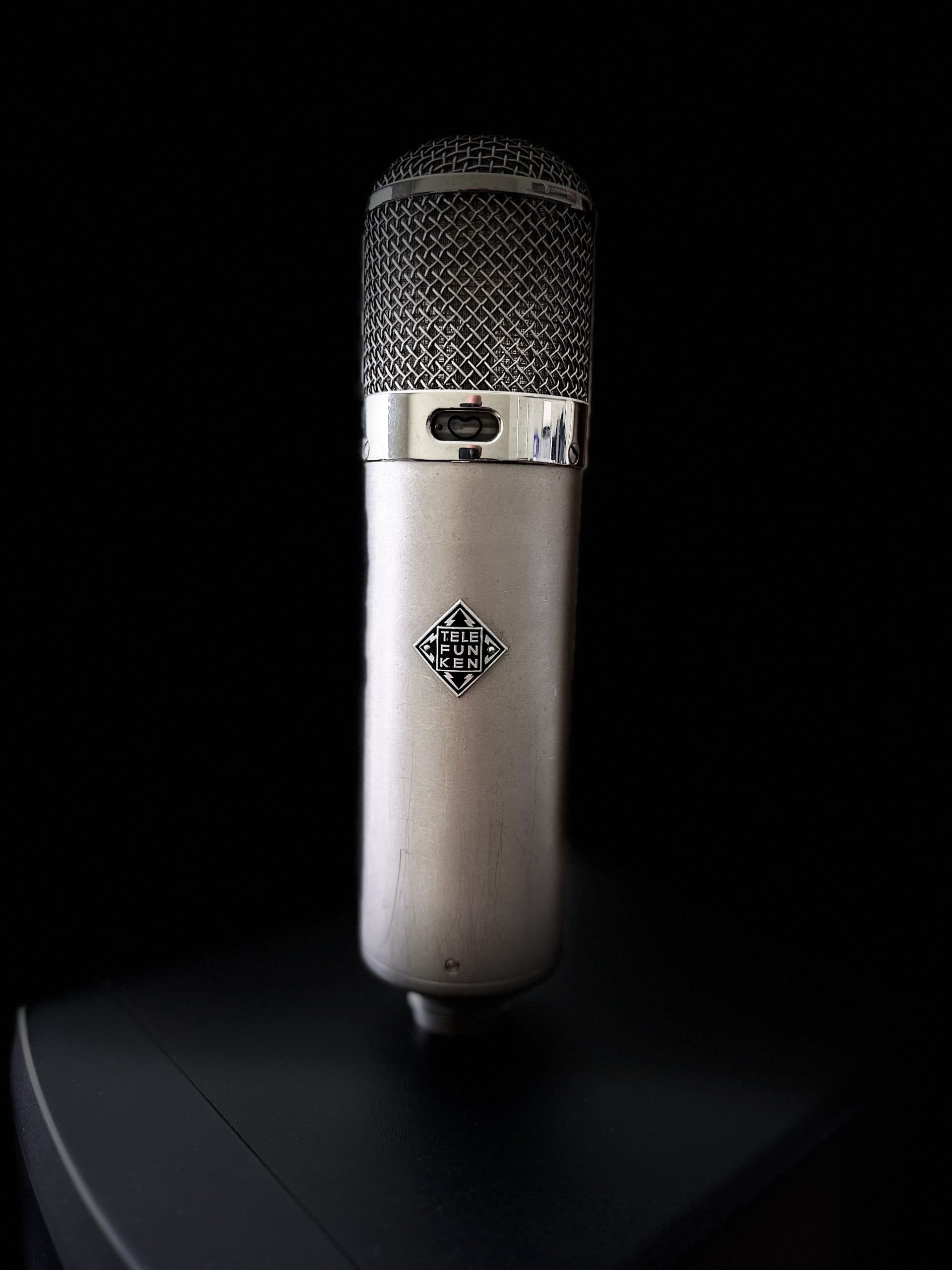
In a cosmic twist of irony, as audio technology continued to advance closer and closer to the digital age, vintage U47 microphones became even more desirable.
Dan Alexander, the impresario of “vintage recording gear” (he credits himself with inventing the term), bought, imported, and sold many thousands of U47 microphones in the United States (as well as many thousands of others). Dan estimates that between 1978 and 1990 he was buying 20-30 tube mics per month.
The Legacy Lives On
The Neumann U47 stands as a testament to the enduring power of innovation in the world of audio recording. From its humble origin in post-World War II Germany to its status as a timeless classic in the 21st century, the U47 has left an indelible mark on the music and audio industries. Its warm, vintage sound has graced countless hit records and iconic performances, making it a symbol of excellence in audio recording.
While technology has evolved and new microphones have emerged, the Neumann U47 still remains a cherished and highly sought-after tool for capturing the magic of sound. As long as musicians and engineers seek to capture the essence of a performance, the U47’s legacy will continue to thrive, further ensuring its place in the annals of audio history.


